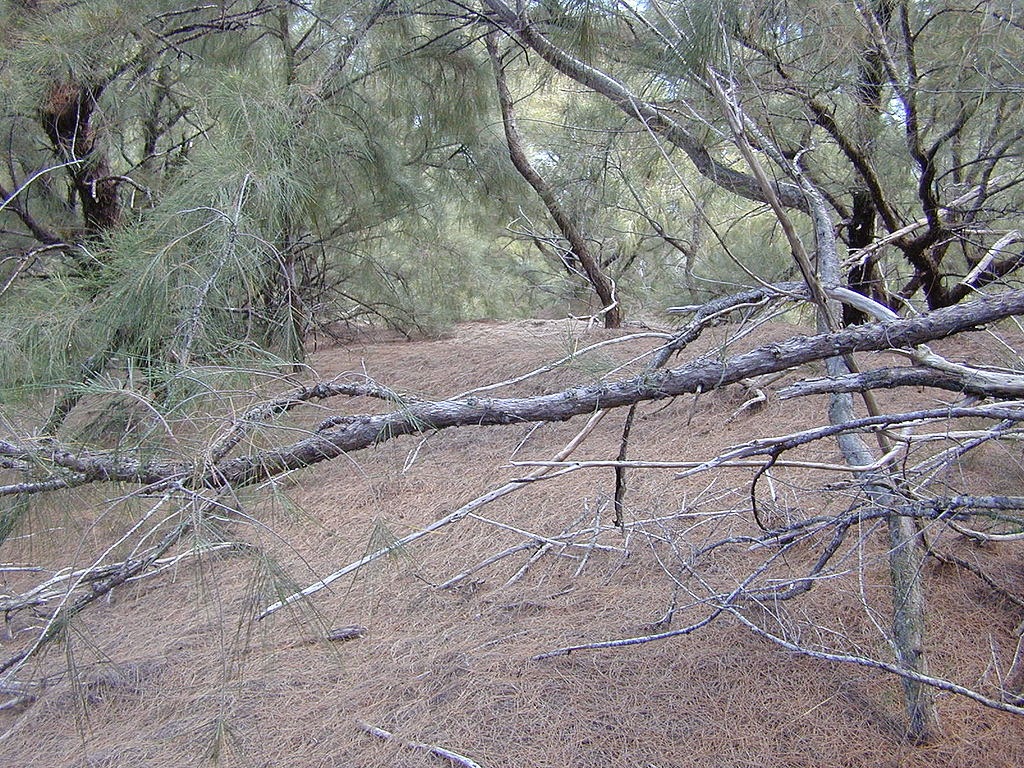Scientific name :
Solanum aethiopicum L.
Synonyms
:
Lycopersicon aethipicum (L.) Mill.
Pseudocapsicum torulosum Moench
Solanum aethopicum Jacq.
Solanum aethiopicum var aculeatum Bunal
Soalnum aethiopicum var giorgii (DeWild.) Bitter
Solanum aethiopicum var inerme Dunal
Solanum aethiopicum var integrifolium (Poir.) O.E. Schulz
Solanum aethiopicum var modicelobatum Bitter
Solanum aethiopicum var paaschenianum (H.J.P.Winckl.) Bitter
Solanum ambrosiacum Vell.
Solanum aurantiacum Sendtri.
Solanum brieyi DeWild.
Solanum geminifolium Thonn.
Solanum gilo Raddi
Solanum gilo var ellipsoidum Bitter
Solanum gilo var erectifrutcum Bitter
Solanum gilo var pierreanum (Pailleux & Bois) Bitter
Solanum gilo var sparseaculeatum Bitter
Solanum gilo subsp megalacanthum Bitter
Solanum gilo subsp monteiroi (C.H.Wright) Bitter
Solanum giorgii DeWild.
Solanum elskensii DeWild.
Solanum hybridum Jacq.
Solanum indicum subsp ambifarium Bitter
Solanum interifolium Poir.
Solanum kupperi Markgr.
Solanum lobelii Ten.
Solanum lusitanicum Dunal
Solanum monteiroi C.H.Wright
Solanum naumannii Engl.
Solanum obtusifolium Willd.
Solanum olivare Pailleux & Bois
Solanum ovatifolium DeWild.
Solanum paaschenianum H.J.P. winkl.
Solanum pierreanum Paill. & Bois
Solanum poggei Dammer
Solanum pseudomelongena Ten.
Solanum racemiflorum Dunal
Solanum scabrum Jacq.
Solanum scabrum Zuccagni nom. illeg., nom.
superfl.
Solanum schroideri Dammer
Solanum sparsespinosum DeWild.
Solanum subsessile DeWild.
Solanum sudanense Hammerst.
Solanum texanum Dunal
Solanum undatum var violaceum Dunal
Solanum willdenowii Roem. & Schult. nom. illeg.,
nom. superfl.
Solanum worsleyi W.Watson
Solanum zuccagnianum Dunal nom. illeg., nom. superfl.
Solanum zuccagnianum var allogonum Dunal
Common / Vernacular Names
African Bitter Pea-Aubergine
African Eggplant
Bitter Tomato
Chinese Scarlet Eggplant
Dayak Eggplant
Dyahatu (Senegal)
Ethiopian Eggplant
Ekitulatula (Uganda)
Garden Egg
Gilo
Jamaican Bitter Balls
Kumba
Mock Tomato
Ngbagu (Congo)
Osun (Nigeria)
Sasa (Central Africa)
Sarawak Wild Eggplant
Scarlet Eggplant
Shum
Terung Asam
Terung Dayak
Terung Iban
Terung Sarawak
Tomato-Fruit Eggplant
Tungo (Angola)
Wild Pea-Aubergine
Wild African Aubergine
Origin / Distribution
Solanum aethiopicum was domesticated from the wild Solanum anguivi Lam., via the semi-domesticated Solanum distichum Schumach. &
Thonn. Both these ancestral species
occure through tropical Africa, S. anguivi in disturbed vegetation and S. distichum in gardens. S.
aethiopicum is grown throughout tropical Africa and South America and
occasionally southernmost France and Italy and in Southeast Asia.
Agroecology
Solanum aethiopicum is strictly a tropical crop species, and is intolerant of
low cold temperatures and frost or extremely wet conditions. It is intolerant of water-logging and some
tolerance of irrigation-induced salinity.
Members of the Gilo Group grow
best in full sun in woodland savanna on fairly deep and well-drained soils with
pH 5.5-6.8, and day temperatures of 25-35°C and night temperature of 20-27°C.
The Kumba Group tolerates hotter
conditions ( up to 45°C day
temperature ) with air humidity as low as 20%, especially if irrigated.
The Shum Group prefers warm, humid
conditions and will shed its leaves when it gets dry.
Edible Plant Parts and Uses
In the humid tropical zone of West
Africa, S. aethiopicum is mainly
cultivated for its immature fruit ( garden egg ), in the savanna area for its
leaves and immature fruits ( djakattou ), and in East Africa mainly for its
leaves ( nakati ).
In Africa, the immature fruit are
used as cooked vegetable in stews, and sometimes eaten raw. The leaves and shoots are used as a cooked
vegetable. The fruit are sour with a
pleasant aroma.
In Sarawak, the fruit is prepared
in many ways. It is cooked with fish,
made into kerabu, or cooked in coconut milk.
Botany
Perennial or annual deciduous
shrub, up to 2m tall, often much branched;
Root system extending both
vertically and laterally;
Branches and leaves with or
without prickles and stellate hairs;
Leaves alternate, simple; stipules
absent; petiole up to 11cm long; blade broadly ovate, 6-30cm x 4-20cm, obtuse
or cordate at base, acute to obtuse at apex, slightly to deeply lobed at
margin, pinnately veined; upper leaves smaller, narrower, less lobed and often
subopposite;
Inflorescence a lateral, racemose
cyme, 5-12 flowered ; penducle often short or even absent;
Flowers bisexual, regular, 4-10
merous ; pedicel 2-15mm long; calyx campanulate, lobes 4-10mm long; corolla
stellate, free not fusd, 6-15mm long, white, sometimes pale purple; stamens
inserted near the bae of the corolla tube and alternate with corolla lobes,
filaments short and thick, anthers connivent, yellow, opening terminal pores;
ovary superior, 2-6-celled, style as long as or slightly longer than stamens,
stigma small, obtuse;
Fruit a globose to oblate, 5-15cm
across, ellipsoid, ovoid or fusiform berry 2-12cm long, smooth to furrowed,
immature green or white turning to red or orange, many seeded;
Seeds lenticular to reniform,
flattened, 2-5mm across, pale brown or yellow.
Source : T.K.Lim, Edible Medicinal and Non-Medicinal Plants :
Volume 6, Fruits, DOI 10.1007/978-94-007-5628-1_36, © Springer
Science+Business Media Dordrecht, 2013





























